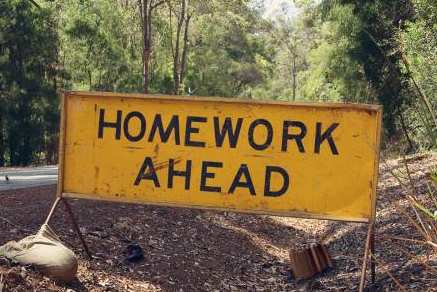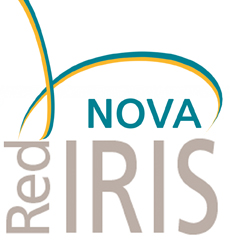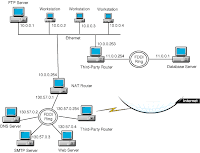Keeping you busy over the holidays is not our goal, but a few exercises may prepare you for the quiz. So here you have some exercises that are due Friday 11, 2013.
- Host A connects to host B using TCP to perform an HTTP request. Host B closes the connection once it has provided a response. Request size is 500 bytes and response size is 3000 bytes. The initial sequence number on A is 1000 and the initial sequence number on B is 5000. MSS for both hosts is 1460 bytes. Please detail the sequence of TCP segments exchanged from the beginning till the end of the connection (for each segment list: sender, sequence number, acknowledgement sequence number, active flags and number of data bytes) under the following conditions:
- No flow control, no congestion control. Regular acknowledgements.
- Same as before but using
duplicatedelayed acknowledgements. - Same as (2) but using congestion control. What is the congestion window size on each end when FIN is received?
- Write a simple UDP echo server. (No need to create a class or method, just the main server loop).
- During a TCP connection, one end receives a segment with recv_window = 0. What does it mean? What does this end do if there is application data to be transmitted?
- Assuming all TCP segments transmitted are acknowledged right away, what is the value of the congestion window after sending 35 segments after a Timeout if Threshold = 32?

































